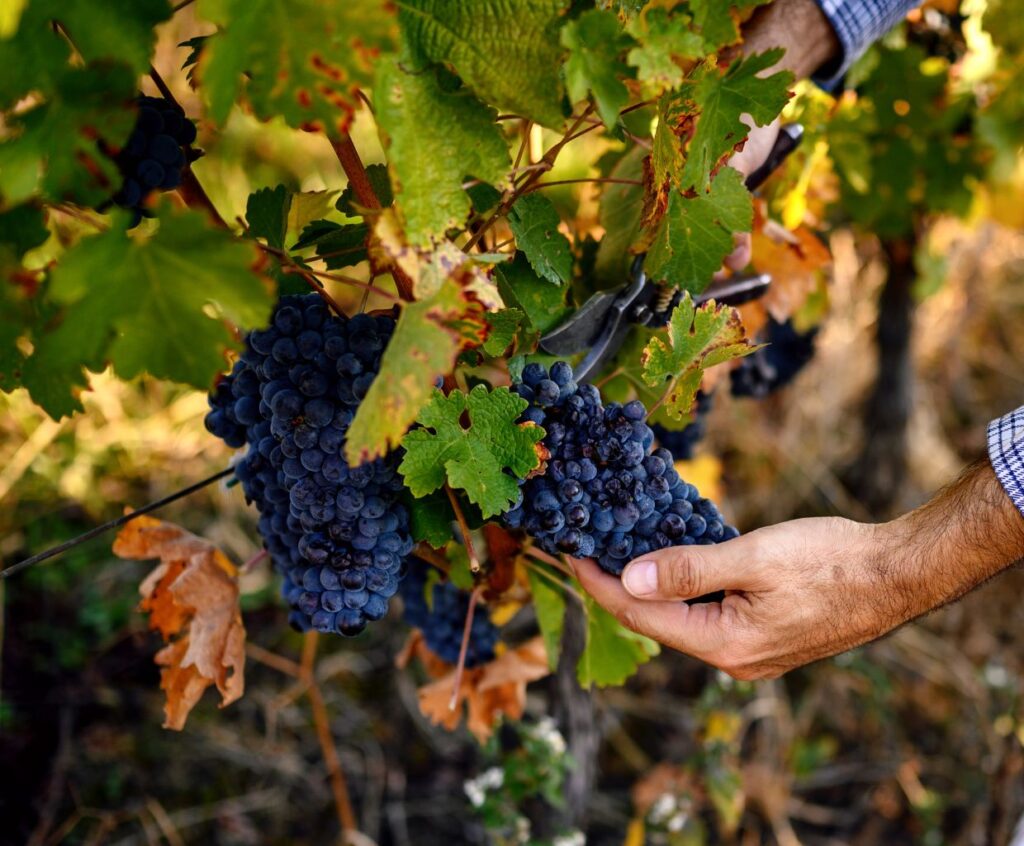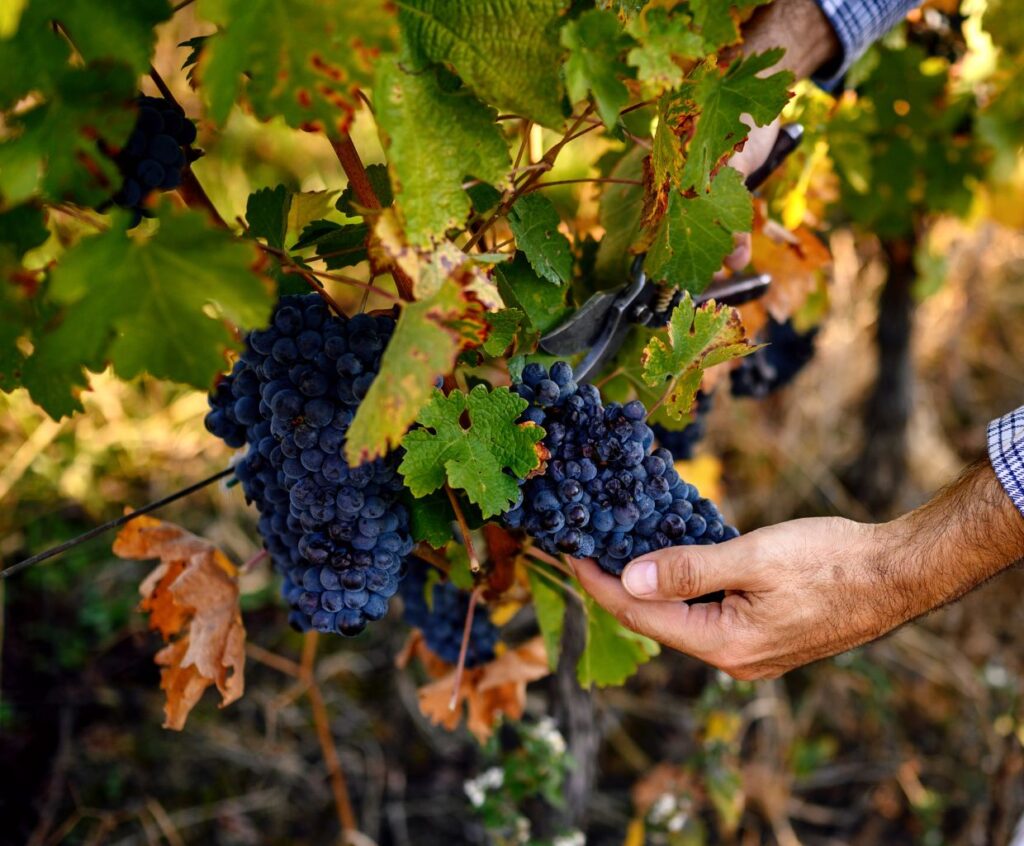Sifting Through the Grapevine: Unraveling the Relationship Between Syrah and Shiraz
Grapes have always been a fascinating subject for wine enthusiasts. Syrah and Shiraz often create confusion among the vast variety of grapes due to their similarities. Are they the same grape variety or completely different?
Let’s dive into the complexities and unravel the relationship between Syrah and Shiraz.
What’s in a Name?
The first aspect that confuses many people is the difference in names. Syrah and Shiraz are both names for the same grape variety, but they are associated with different regions and styles of wine.
Syrah: This name is commonly used in the Old World, particularly in France’s Rhône Valley. It is also widely cultivated in other parts of Europe, such as Spain and Italy. Wines made from Syrah grapes are known for their elegance, complexity, and peppery flavors.
Shiraz: This name is commonly used in the New World, especially in Australia. Australian Shiraz wines are renowned for their bold, fruit-forward characteristics with blackberry, plum, and spice notes. The name Shiraz is believed to have originated from Shiraz in Iran.
Distinct Characteristics
While Syrah and Shiraz come from the same grape variety, their flavors and styles can differ significantly due to various factors, including climate, soil, and winemaking techniques.
-
- Syrah wines are typically medium to full-bodied with various flavors such as blackberry, black pepper, smoked meat, and violet.
-
- Shiraz wines tend to be fuller-bodied, rich, and fruit-driven, often exhibiting black cherry, blueberry, chocolate, and vanilla flavors.
The Terroir Effect
Terroir, the unique combination of soil, climate, and geography, plays a crucial role in shaping the characteristics of Syrah and Shiraz wines. The terroir of the region where the grapes are grown influences the flavor profile, acidity, tannin levels, and overall quality of the wine.
For example, the cool climate in the Northern Rhône Valley of France produces Syrah wines with higher acidity, refined tannins, and a more restrained fruitiness. On the other hand, the warm climate of Australia’s Barossa Valley produces Shiraz wines with ripe, juicy fruit flavors and softer tannins.
What are the critical differences between Syrah and Shiraz grape varieties, and how do these differences impact the resulting wines?
The critical differences between Syrah and Shiraz grape varieties lie in their origins, flavor profiles, and winemaking styles. These differences significantly impact the resulting wines.
1. Origins: Syrah is the original name of the grape variety and is primarily associated with the Rhône Valley in France. Shiraz is the Australian name for the same grape variety brought to Australia in the 19th century.
2. Flavor Profiles: Syrah wines typically have a more restrained and elegant flavor profile. They often exhibit dark fruit flavors like blackberry, black currant, and plum, along with pepper, herbs, and leather notes. Shiraz wines, on the other hand, tend to be more bold and fruit-forward. They often showcase ripe blackberry and cherry flavors, hints of chocolate, spice, and sometimes a jammy character.
3. Climate and Terroir: The differences in flavor profile can be attributed to the climate and terroir where the grapes are grown. Syrah thrives in cooler climates, producing wines with higher acidity, lower alcohol, and more refined flavors. Conversely, Shiraz prefers warmer climates, resulting in riper grapes, higher alcohol content, and bolder flavors.
4. Winemaking Styles: The winemaking techniques also play a role in shaping the character of the wines. Syrah wines are often made using traditional winemaking methods, including aging in oak barrels, which adds complexity and subtle flavors. Shiraz wines, especially those from Australia, are often made using more modern techniques, including shorter fermentation times and new oak, resulting in more pronounced fruit flavors and influences.
In summary, while Syrah and Shiraz come from the same grape variety, their differences in origins, flavor profiles, climate preferences, and winemaking styles lead to distinctive characteristics in the resulting wines. Syrah wines are more elegant and restrained, while Shiraz wines are bolder and fruit-forward.
Can you explain the historical origins and geographical distribution of Syrah and Shiraz grapes?
Syrah and Shiraz are two names used to refer to the same grape variety, but their historical origins and geographical distribution differ.
The historical origins of Syrah can be traced back to ancient Persia (modern-day Iran). The grape variety was brought to the Rhône Valley in France by the Greeks and Romans during their conquests. The name “Syrah” is believed to be derived from the Persian city of Shiraz, although there is some debate about this.
Syrah became widely cultivated in the Rhône Valley in France, particularly in Hermitage, Côte-Rôtie, and Cornas. It is an essential component of the famous red blends from these regions, adding structure, spice, and dark fruit flavors.
On the other hand, the name “Shiraz” is used predominantly in the New World, particularly in Australia. It is believed that the grape variety was brought to Australia by James Busby, a Scottish viticulturist, in the early 19th century. The name “Shiraz” was used to differentiate the grape from other varieties in Australia.
Shiraz became immensely popular in Australia and is now the country’s most widely planted red grape variety. It thrives in the warm and dry climate, producing full-bodied wines with ripe fruit flavors, peppery notes, and a characteristic richness. Australian Shiraz has gained international recognition for its high quality and distinct style.
While France and Australia are the primary regions associated with Syrah and Shiraz, respectively, these grapes are also grown in other parts of the world. For example, Syrah is cultivated in California, Washington, and several other states in the United States. It is also grown in various regions of South Africa, Chile, Argentina, and Spain.
Syrah and Shiraz grapes have ancient origins in Persia and France, respectively. Their geographical distribution has expanded to include many wine-producing regions worldwide, each offering unique expressions and characteristics in their produce wines.
Unraveling the Relationship Between Syrah and Shiraz – Conclusion
So, whether you prefer a bold and fruity Australian Shiraz or an elegant and complex French Syrah, understanding the relationship between these two names for the same grape variety can enhance your wine appreciation.
Remember, it’s not just the name that matters but also the terroir and winemaking techniques that make Syrah and Shiraz unique and exciting.




